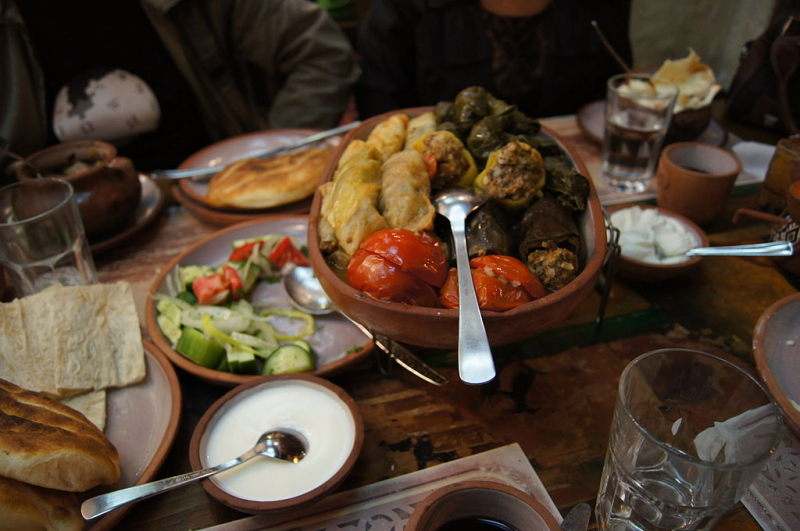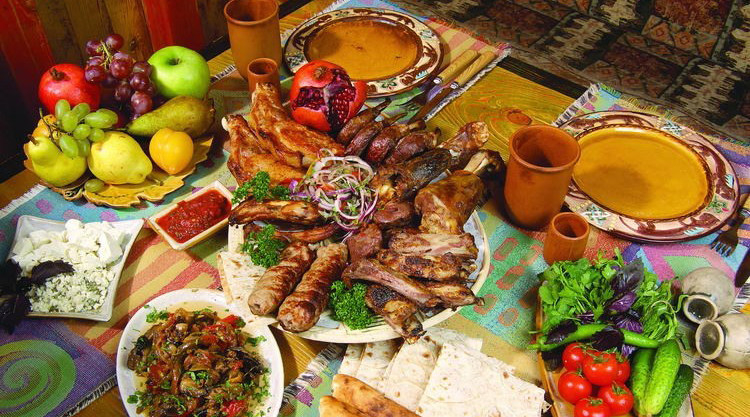Foods
Armenian cuisine is comparable to Mediterranean cuisine, although it is distinctively different. It is frequently less spicy, focusing on the flavor of fresh herbs, legumes, nuts, and fruit. Many of the streets and boulevards are lined with mulberry trees. This is absolutely one of the things to know before traveling to Armenia.
You'll most likely want to eat the delicious, juicy berries in late May and early June. In Armenian mythology, the pomegranate is a powerful emblem. Pomegranate images may be seen in carpets, artwork, cookery, and stone sculptures. If you visit Armenia in the early summer, you will be able to sample some great fresh apricots. Don't worry if you miss the apricot season; dried apricots are very tasty. Their national fruit is the apricot.
Traditional Armenian meals and dishes are included in Armenian cuisine, as are Armenian foods and culinary skills. The food reflects the history and location of Armenian settlements while also incorporating influences from European and Levantine cuisines. Traditional crops and animals farmed and bred in Armenian-populated areas are also reflected in the cuisine.












